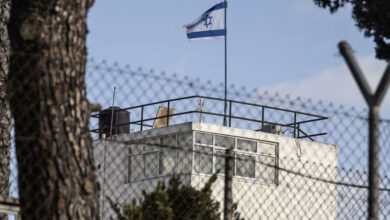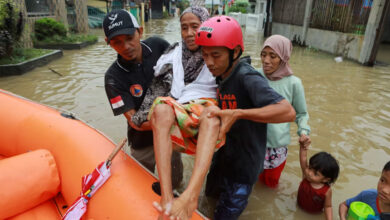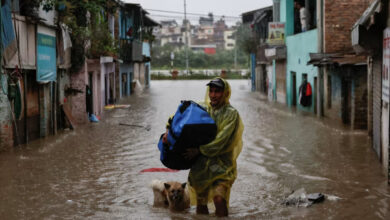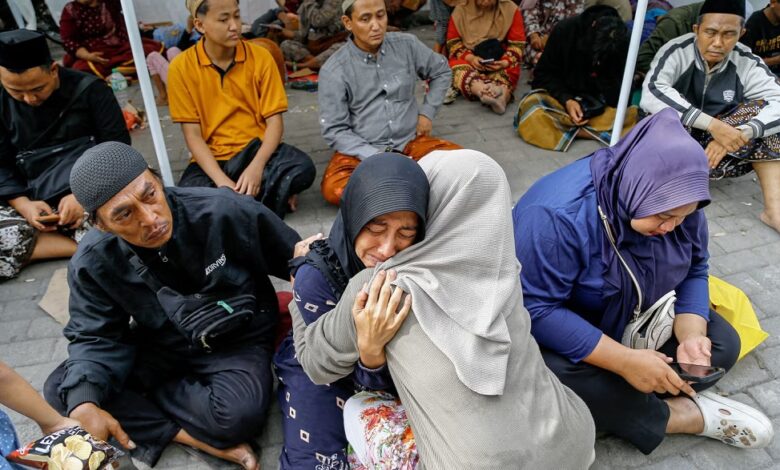
A rescue team crouched under huge slabs of concrete and corrugated iron as they carefully slid 13-year-old Syailendra Haikal to safety from the twisted wreckage of a collapsed Indonesian boarding school; a brief glimmer of hope in the middle of a disaster.
Haikal was taken to hospital with moderate injuries, authorities said. But as the search at the Al Khoziny Islamic Boarding School in Sidoarjo, about 420 miles east of Jakarta, entered its fourth day on Thursday, Indonesian authorities made the agonizing decision to move from rescue to recovery.
Teams have for days meticulously tunneled under the rubble, crawling on their hands and knees searching for signs of life, knowing the unstable structure could again buckle upon them.
Relief and despair have punctuated their daring rescue mission as they slowly extracted a small number of children, while desperate family members clung to the hope their missing loved ones might too be found.
“I kept saying, ‘Bismillah (in God’s name), my child is strong, my child is strong, my child is strong,’” Haikal’s mother Dwi Ajeng Tyasusanti told CNN affiliate CNN Indonesia on Thursday from the hospital. “Haikal made it out…. His (injuries) were only on the face, just some bruises on his legs.”
Haikal was among seven teenage boys pulled from a pocket of the collapsed school on Wednesday — two of whom were found dead. Hopes are now fading for dozens of their classmates who remain buried.
At least five people have died and 59 were still missing as of Thursday morning, authorities said.

Hundreds of people have crowded the streets near the disaster site, and families of the missing gathered at a nearby meeting point to wait for news and check a list of names pinned to a notice board.
Among them is Umi Kulsum, 37, from Madura Island off the northeastern coast of Java, whose 15-year-old son Sulaiman Hadi was studying at the school when it collapsed.
Sulaiman was in his third year of the Madrasah Tsanawiyah, or secondary school.
“I still believe my son can be found alive. I just ask the rescuers to keep searching until they find him. He’s my only child,” Kulsum told CNN, visibly distressed.
Kulsum, who works in the capital Jakarta, rushed to Sidoarjo after learning that Sulaiman was among the missing. The last time she spoke to her son was three days before the collapse, when he had told her that he felt happy, despite living far from his mother.
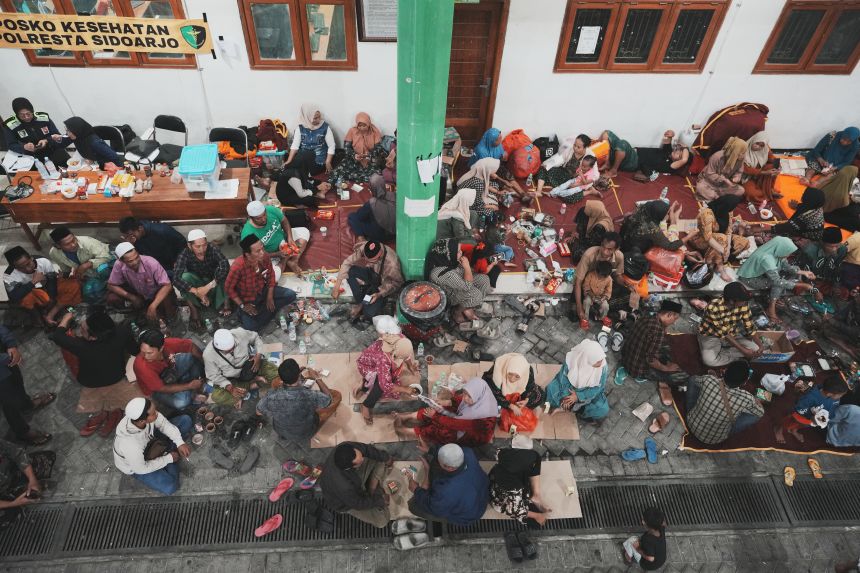
Many of the students, boys aged between 12 and 18 from mainly lower-income families, were performing their afternoon prayers on Monday when the prayer hall collapsed on top of them.
Another distraught mother told CNN that she has agonized over what her son may have gone through under rubble, and is hoping for a miracle.
Yudhi Bramantyo, the director of operations at Indonesia’s national search and rescue agency (Basarnas) told CNN late Wednesday that rescuers have detected no further signs of life.
“All victims who were able to communicate with the rescue team have already been evacuated today from two different search sectors,” Bramantyo said.
Teams have swept the area with thermal cameras to check for any more survivors, to no avail.
Officials met with family members Thursday and agreed to start using heavy machinery to remove the debris and recover the bodies.
The use of excavators and other equipment was initially halted over fears it would cause the unstable building to collapse further, and Bramantyo said their use would effectively close the chance of finding survivors through manual digging or tunneling.
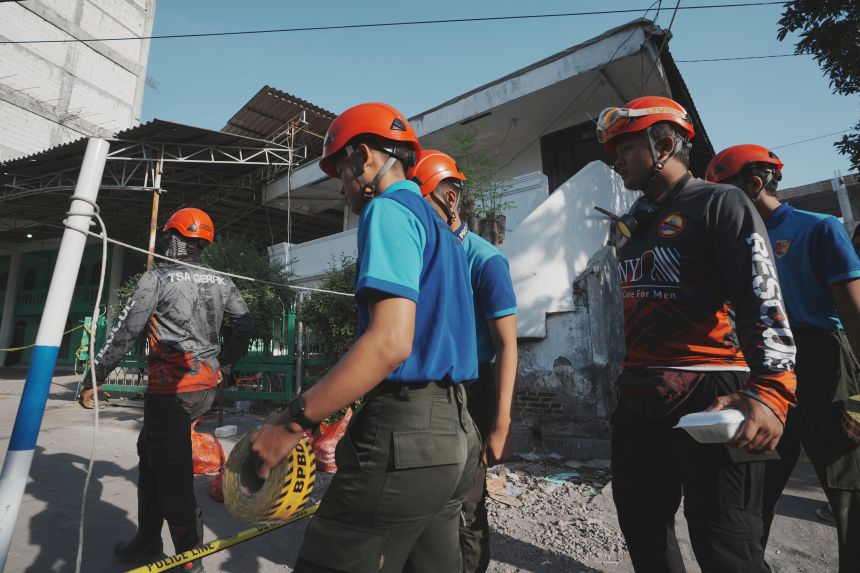
Search efforts were further complicated after an earthquake struck the region of Sumenep, about 124 miles from the collapse site on Tuesday, and authorities feared the impact of those tremors may have packed the debris tighter.
The number of people believed buried was revised down to 59, from 91, on Wednesday. But officials say it’s unclear what the true number is. School attendance lists and missing persons reports from families are all they have to base the number on.
The boarding house is one of thousands of Islamic schools, called Pesantrens, across the Muslim-majority nation and construction work was being carried out on the building at the time of the collapse.
Rescue teams had established communication with a group of trapped students on Tuesday, and had been running oxygen, food and water under the debris to keep them alive. Inch by inch, they dug a narrow tunnel — just 60 centimetres wide — to reach the group.
At just before 3 p.m. local time on Wednesday, they managed to retrieve the body of one of the seven boys. Minutes later, Haikal was pulled out alive. His survival was credited to personnel who kept him talking and supplied him with food and water until he could be freed, Basarnas said.
Over the course of the next six hours, teams stayed working in the narrow tunnel until all of the seven were removed. At 8:20 p.m. local time, a boy identified as Saiful Rozi was freed in a stable condition, according to Basarnas. He was the final boy rescued alive on Wednesday.

